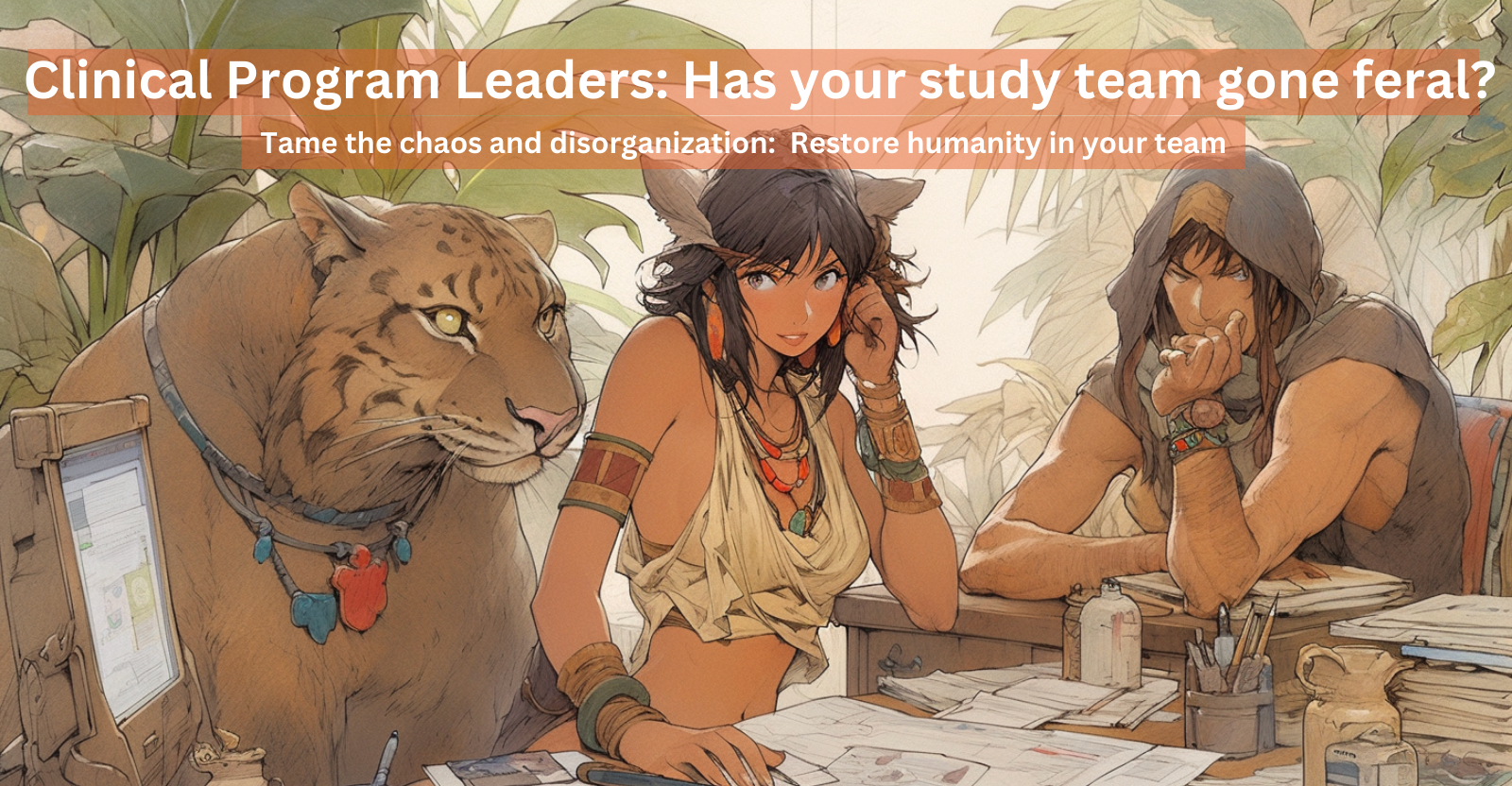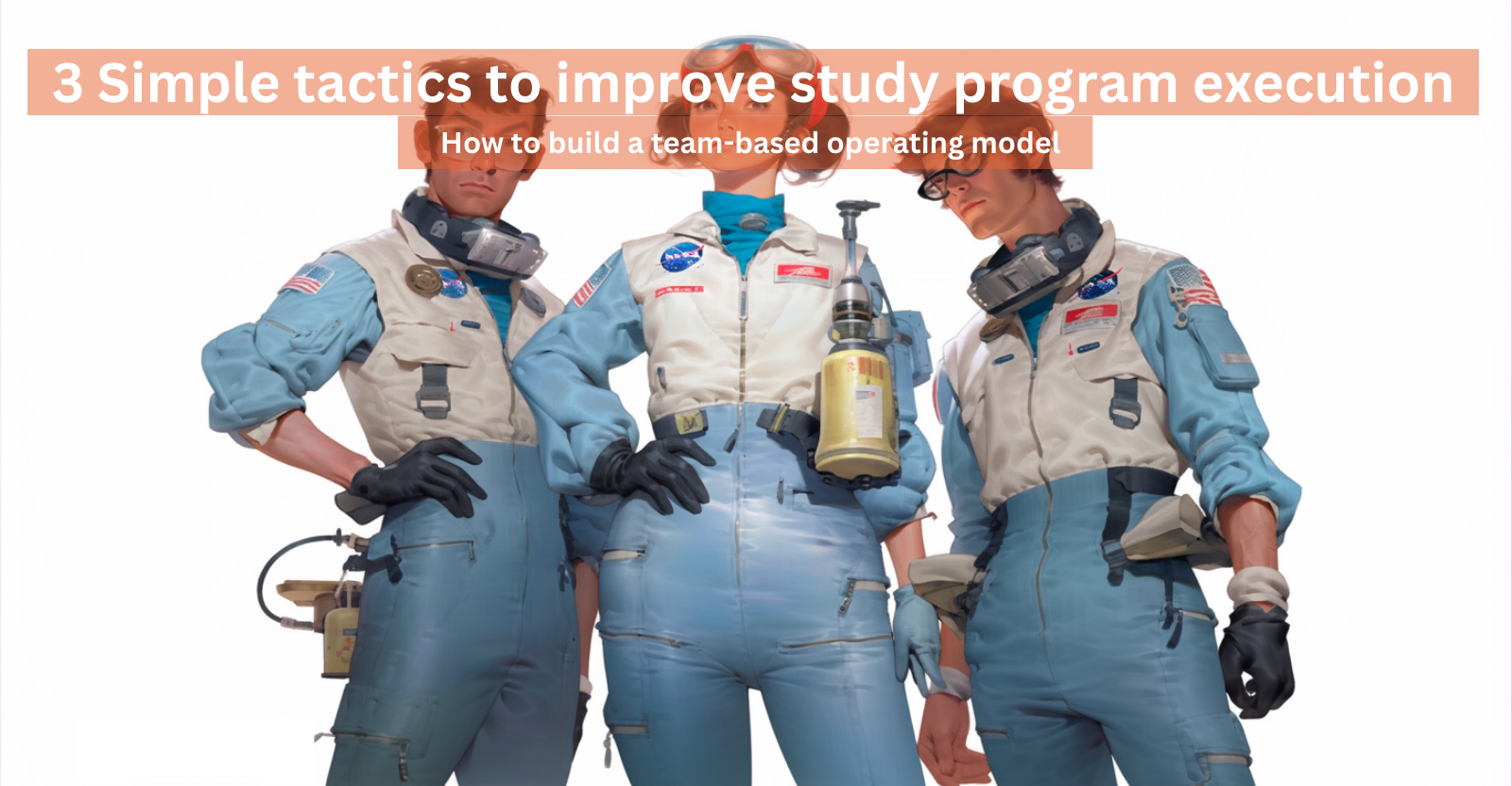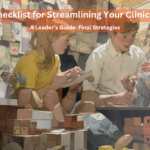Once upon a time in the pharmaceutical industry, a grand experiment emerged as a result of an unprecedented global pandemic. White collar workers everywhere were sent home, uncertain of the future of their work. Yet, within a month, a surprising revelation unfolded: virtual teams could not only match, but often surpass, the productivity of co-located teams. This new era brought forth countless reasons to celebrate: Employees embraced newfound mobility, moving closer to family without sacrificing their prestigious careers. Gone were the dreaded morning commutes, replaced by leisurely walks and midday errands.
Three years into this grand experiment, however, the cracks began to show. People felt increasingly disconnected, and teams started to “go feral”. It was in this turbulent landscape that Josie, the newly appointed VP of clinical operations at a top 10 pharmaceutical company, found himself navigating uncharted waters.
Josie had stepped into the role after the previous leader’s unexpected retirement, and she was eager to make her mark. The first challenge he needed to solve was related to the study teams’ productivity: It had plummeted over the last year, and was putting their final db lock in jeopardy. He was determined to figure out why. Here were some of his observations
-
Delayed patient enrollment: patient enrollment for several clinical trials had fallen significantly behind schedule. causing major delays in reaching the target sample size for pivotal Phase III trials.
-
Increased protocol deviations: a sharp increase in the number of protocol deviations across multiple clinical trials. study teams were struggling to ensure that trial procedures were followed consistently, potentially compromising the quality of the data collected and the overall integrity of the trials. This issue raised concerns about the team’s ability to meet regulatory requirements and maintain the scientific rigor necessary for successful trial outcomes.
-
Inefficient data monitoring and analysis: the process of data monitoring and analysis had become less efficient, with longer turnaround times for the data review and quality control checks. This inefficiency was delaying the availability of interim and final analysis results, hindering the team’s ability to make informed decisions about the ongoing trials and slowing down overall progress.
One day, Josie joined a virtual team meeting to be a fly on the wall and see if he could learn more about the situation. As the meeting progressed, he witnessed firsthand the breakdown in norms that plagued his team.
During the meeting, Joe from clinical science and Sam from clinical development engaged in a heated exchange, each cutting the other off mid-sentence, their voices dripping with sarcasm. The once-cordial working relationship between them had devolved into a series of snide remarks and veiled insults, highlighting the loss of mutual respect and trust among team members.
The communication breakdown was evident when Jane from pharmacovigilance presented her report. However, as she spoke, it became clear that Appa from the data science team had not shared crucial data with her. Frustrated, Jane struggled to provide a comprehensive update, and the team’s ability to make informed decisions was severely compromised.
Irina from safety and Nancy from biostatistics also displayed an erosion of accountability. During the discussion, Josie noticed that both seemed hesitant to take responsibility for their respective roles in addressing a safety signal identified in the trial. Instead, they subtly shifted blame onto each other, causing tension to rise within the group.
Betty, the project manager, appeared overwhelmed as she tried to steer the conversation back on track, but her efforts were futile. Tara, the study lead, sat silently, her expression a mixture of disappointment and exasperation, as she watched the once well-functioning team unravel before her eyes.
These instances provided Josie with undeniable proof points of the breakdown in norms that was crippling his team’s productivity and jeopardizing the success of their clinical trials.
As Josie delved deeper into the operations of his study teams, he began to notice the signs of a feral workplace.
-
He observed the aggressive language in email exchanges between colleagues, with sarcasm and criticism creating an atmosphere of hostility.
-
Virtual meetings had become battlegrounds, with certain team members dominating conversations, frequently interrupting others, and stifling the free flow of ideas.
-
Emotional outbursts had become alarmingly commonplace. Josie witnessed firsthand the anger, frustration, and impatience that disrupted team dynamics and generated tension among his once-collaborative colleagues.
-
Passive-aggressive behaviors were also on the rise, as team members delayed responses to messages, withheld crucial information, or gave the silent treatment to coworkers with whom they disagreed.
There was a breakdown in group cohesion and a pervasive sense of chaos and disorganization.
As Josie confronted these challenges, he became increasingly aware of the potential impact on trial outcomes. The feral nature of his study teams threatened not only their productivity but also the integrity of the trials, the safety of patients, and ultimately, the company’s reputation.
In the next article, I will be diving into some of the root causes of feral teams.
Stay tuned!









